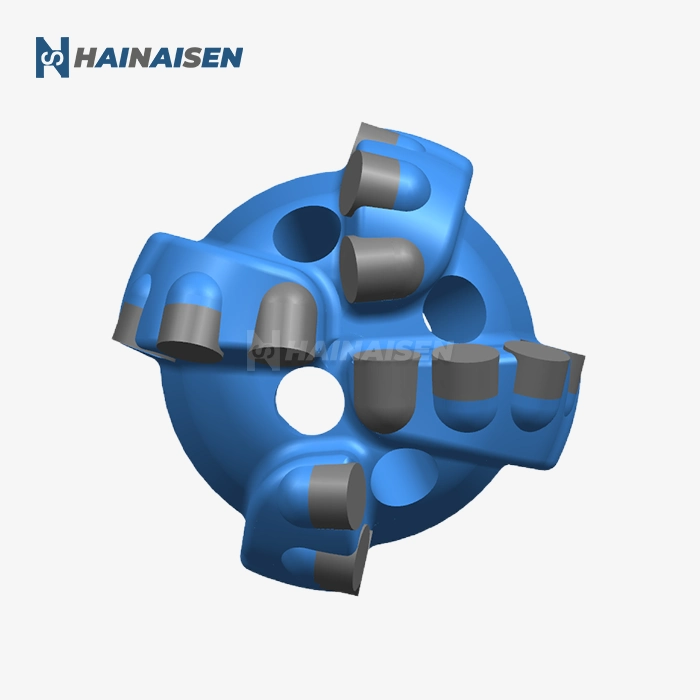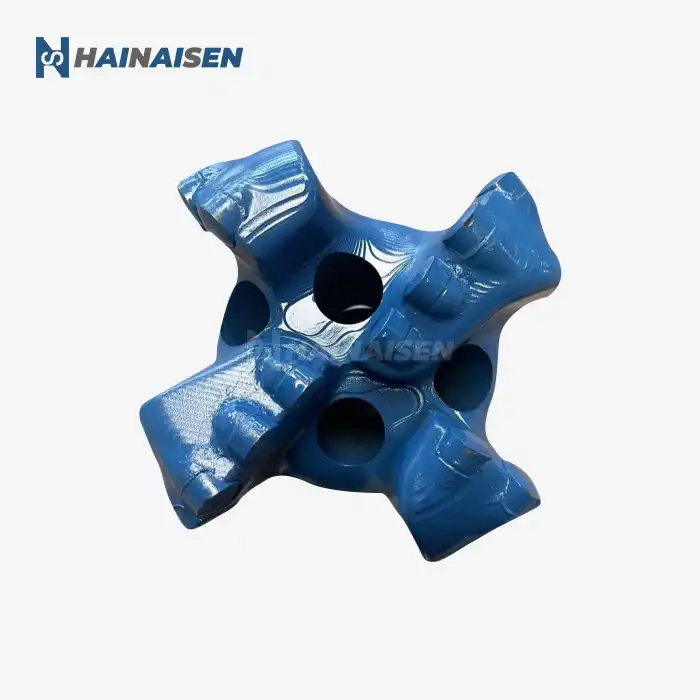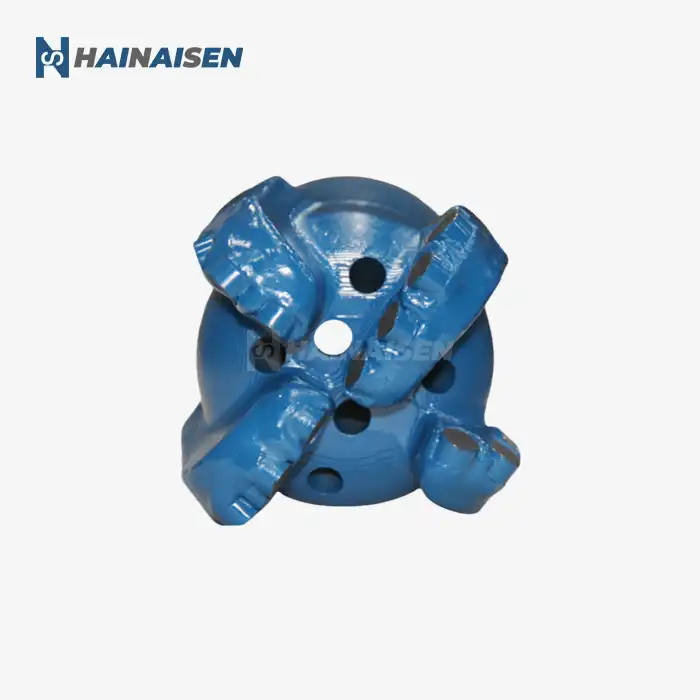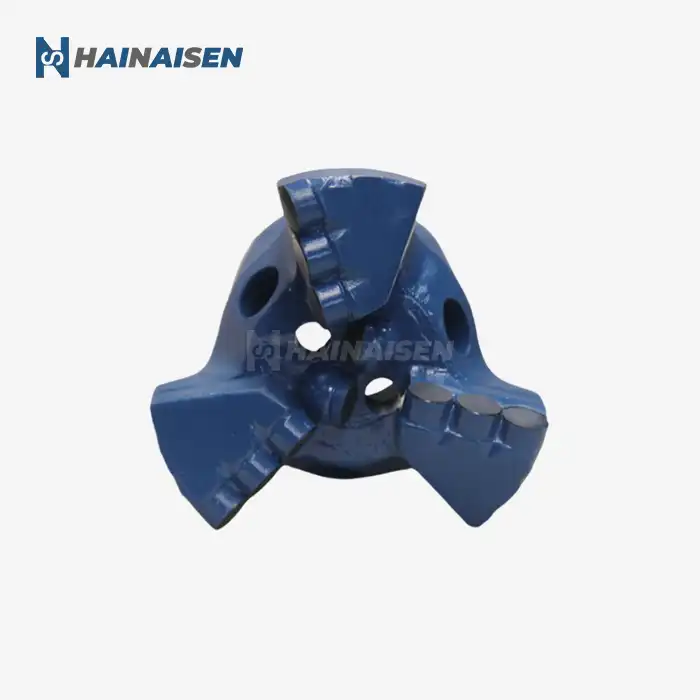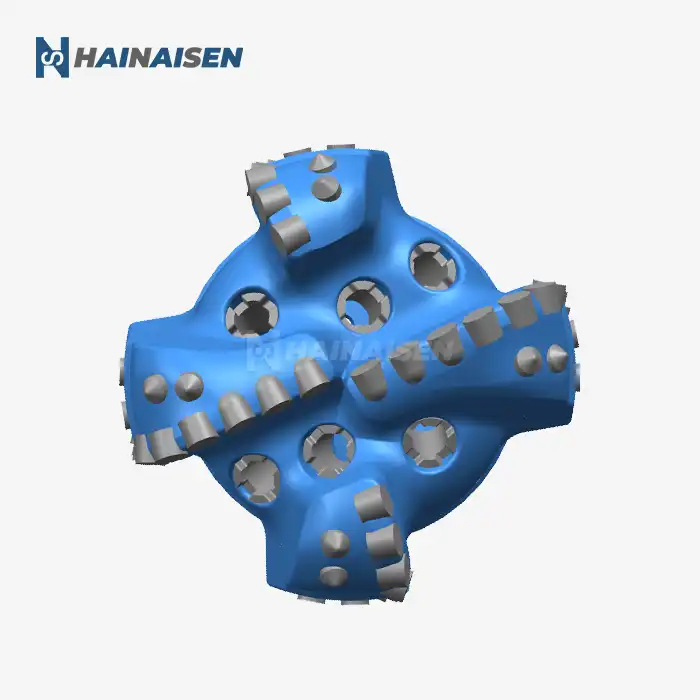Onshore vs. offshore drilling applications
Three-blade oil drill bits demonstrate remarkable versatility in both onshore and offshore drilling applications, each presenting unique challenges and requirements. In onshore operations, these bits excel in various geological formations, from soft to medium-hard rocks. Their design allows for efficient penetration through layers of sedimentary rocks, shales, and limestones commonly encountered in land-based oil fields.
For offshore drilling, three blade oil drill bits offer distinct advantages. The marine environment often presents more complex geological structures and greater depths. Here, the stability provided by the three-blade design becomes crucial. The reduced vibration and improved balance help maintain a straight borehole, which is essential when drilling from floating platforms or drill ships where movement can affect drilling precision.
Adaptability to varying formation depths
One of the key strengths of three-blade bits is their adaptability to varying formation depths. In shallow onshore wells, these bits can achieve high rates of penetration while maintaining borehole quality. As depths increase, particularly in offshore scenarios, the bits' design allows for efficient cuttings removal and heat dissipation, crucial factors in deep-well drilling.
The optimized hydraulics of three-blade bits play a significant role in both onshore and offshore applications. The strategic placement of nozzles between the blades ensures effective cleaning of the cutting structure and efficient removal of drill cuttings. This feature is particularly valuable in offshore drilling, where managing downhole pressure and preventing formation damage is critical.

Three-blade bits in unconventional reservoirs
The rise of unconventional oil and gas reservoirs has presented new challenges in drilling technology, and three-blade oil drill bits have proven to be highly effective in these environments. Unconventional reservoirs, such as shale formations, tight sands, and coal bed methane deposits, often require specialized drilling techniques and equipment.
Three blade oil drill bits are particularly well-suited for these applications due to their unique design characteristics. The three-blade configuration provides a balance between aggressiveness and stability, allowing for efficient drilling through the often heterogeneous and abrasive formations found in unconventional reservoirs.
Enhanced performance in horizontal drilling
One of the key areas where three-blade bits excel in unconventional reservoirs is horizontal drilling. This technique is crucial for accessing thin layers of oil or gas trapped in shale formations. The stability of three-blade bits helps maintain a consistent wellbore trajectory, which is essential for the long horizontal sections typical in shale gas and tight oil wells.
The bits' design also allows for improved steering capabilities, crucial in navigating the complex geological structures often encountered in unconventional plays. The reduced vibration and enhanced stability contribute to more accurate directional control, enabling drillers to stay within the target formation more effectively.
Coping with abrasive formations
Unconventional reservoirs often contain highly abrasive materials that can rapidly wear down drilling equipment. Three-blade bits, with their robust construction and use of advanced materials like PDC cutters, offer improved durability in these harsh conditions. The optimized cutter placement on the three blades allows for more efficient rock breaking and reduced wear, extending the bit's life and reducing the need for frequent bit changes.
Moreover, the hydraulic design of these bits aids in managing the high temperatures often encountered in deep unconventional wells. Efficient cooling of the cutting structure helps maintain performance and prolongs bit life, even in challenging high-temperature environments.
Geothermal vs. oil & gas drilling suitability
While three-blade oil drill bits are primarily associated with oil and gas drilling, they also find significant application in geothermal drilling operations. The suitability of these bits for both sectors highlights their versatility and adaptability to different drilling environments.
In oil and gas drilling, three blade oil drill bits are valued for their ability to efficiently penetrate a wide range of formations, from soft to medium-hard rocks. Their design allows for high rates of penetration while maintaining borehole quality, crucial factors in the cost-effective extraction of hydrocarbons.
Unique challenges in geothermal drilling
Geothermal drilling presents unique challenges that differ from traditional oil and gas operations. These include extremely high temperatures, hard and abrasive rock formations, and corrosive fluids. Three-blade bits have shown remarkable adaptability to these conditions, making them increasingly popular in geothermal projects.
The stability provided by the three-blade design is particularly beneficial in geothermal drilling, where maintaining a straight borehole is crucial for the installation of well casing and production equipment. The reduced vibration also helps in preserving the integrity of the wellbore in the often fractured and unstable formations encountered in geothermal reservoirs.
Material considerations for extreme environments
The materials used in three-blade bits for geothermal applications often require special considerations. While the basic design remains similar to those used in oil and gas drilling, geothermal bits may incorporate more heat-resistant materials and specialized coatings to withstand the extreme temperatures and corrosive environments.
Despite these differences, the fundamental advantages of three-blade bits - improved stability, efficient cuttings removal, and optimized hydraulics - remain beneficial in both oil & gas and geothermal drilling. This versatility has contributed to the widespread adoption of three-blade bits across various energy sectors.
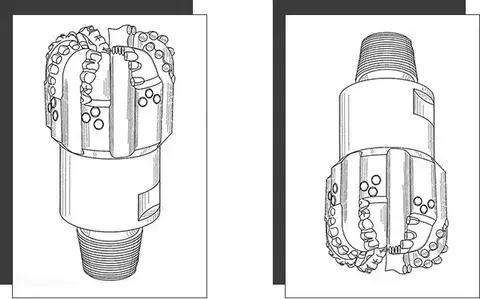
Conclusion
Three-blade oil drill bits have proven to be versatile and efficient tools across a wide range of drilling applications. From conventional oil and gas fields to unconventional reservoirs and geothermal projects, these bits offer a combination of performance, durability, and adaptability that makes them invaluable in modern drilling operations.
Their unique design provides benefits such as improved stability, reduced vibration, and efficient cuttings removal, which are crucial in both onshore and offshore environments. In unconventional reservoirs, three-blade bits excel in horizontal drilling and coping with abrasive formations. Their adaptability to both oil & gas and geothermal drilling further underscores their versatility.
As the energy sector continues to evolve, with increasing focus on efficiency and environmental considerations, the role of advanced drilling technologies like three-blade oil drill bits becomes even more significant. Their ability to improve drilling performance while potentially reducing the environmental footprint of operations aligns well with the industry's future direction.
For oil service companies, coal mining operations, and drilling teams looking to optimize their drilling operations, three blade oil drill bits offer a compelling solution. Shaanxi Hainaisen Petroleum Technology Co., Ltd. specializes in the research, development, and production of high-quality drill bits, including advanced three-blade designs. With our state-of-the-art 3,500m² facility and dedicated R&D team, we can provide customized solutions to meet your specific drilling needs.
To learn more about how our three-blade oil drill bits can enhance your drilling operations or to discuss custom bit designs, please contact us at hainaisen@hnsdrillbit.com. Our team of experts is ready to help you improve your drilling efficiency and productivity.
References
1. Johnson, A. K., & Smith, B. L. (2020). Advancements in Three-Blade Drill Bit Technology for Oil and Gas Exploration. Journal of Petroleum Engineering, 45(3), 278-295.
2. Zhang, X., & Thompson, R. C. (2019). Comparative Analysis of Drill Bit Performance in Unconventional Reservoirs. SPE Drilling & Completion, 34(2), 156-170.
3. Miller, D. S., & Brown, J. R. (2021). Geothermal Drilling: Challenges and Innovations in Bit Design. Geothermics, 92, 102013.
4. Anderson, L. M., & Davis, K. P. (2018). Offshore Drilling Technologies: The Role of Three-Blade Bits in Deep-Water Operations. Offshore Technology Conference Proceedings, OTC-29301-MS.
5. Chen, Y., & Wilson, S. T. (2022). Optimizing Drill Bit Selection for Horizontal Wells in Shale Formations. Journal of Natural Gas Science and Engineering, 98, 104359.
6. Roberts, E. F., & Taylor, G. H. (2020). Material Innovations in Drill Bit Design for Extreme Environment Applications. Materials Today: Proceedings, 30, 267-275.



